Graham Reid | | 2 min read
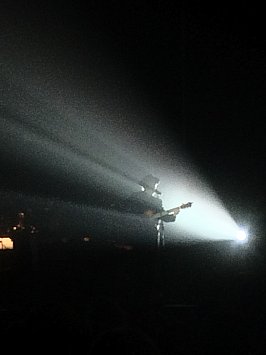
Auckland academic and cultural commentator Roger Horrocks' recent book Culture in a Small Country; The Arts in New Zealand has been reviewed at Elsewhere.
But that was only part of the story.
He has posted additional material online and so we draw attention to it here as he writes about modern dance, jazz and craft.
.
Here is the introduction to this chapter . . .
Though I have not looked in detail at all areas of the arts, I absolutely do not mean to suggest that some areas are less important. The arts to which I have devoted a chapter are those in which I have had some personal involvement. In the following pages I want at least to acknowledge a few other areas in which I have been an observer but not a participant. They are: modern dance, jazz music, and craft (or object art). Like the other arts in this book, I believe they have followed the basic local pattern of growth, though there have been some distinctive aspects to their evolution.
To summarise the general trends seen in previous chapters:
-
(1) New Zealand is a situation in which traditions have been imported mostly from Britain and the United States. Māori culture is an exception. Apart from that special case, the history of the arts has seen the gradual development of distinctive local styles, not radical innovations but variations in accord with available resources and regional or individual interests.
-
(2) Most of the paradigm shifts that have occurred overseas have been picked up by New Zealand practitioners. The classic example was the influence of modernism, which had to overcome much conservative resistance in this country. Much later, there were various post- modern trends. This process of change has been assisted by knowledgeable immigrants and visitors and by New Zealanders who have had a residency or period of work off-shore.
-
(3) The development of infrastructure has been a necessary pre-condition for the growth of the arts (the introduction of new publishers, dealer galleries, recording studios, and so on).
-
(4) The state of arts education has also been an important factor.
-
(5) The period from the 1960s through the ‘80s was a particularly energetic and productive phase of growth and evolution for the arts in New Zealand.
-
(6) During that period, Māori culture came to be taken seriously by the Pakeha art world, and from then on, the mixing of the two traditions has proceeded in vigorous and complex ways.
-
(7) Women have been active in challenging male bias and have begun to gain greater acceptance within the mainstream of the arts.
-
(8) In recent times there has been much mixing of art forms and official distinctions have become more fluid – between ‘art’ and ‘craft,’ for example, and between ‘high culture’ and ‘popular culture.’
-
(9) It remains difficult for any local artist to make a full-time living from their work, creating the need for a day job or a more commercial side to their work.
(10) The digital age has brought new equipment, new methods of publicity and distribution, and new economic arrangements. Also, there is increased globalism. Established artists need urgently to adjust to these changes which have disrupted traditional practices.
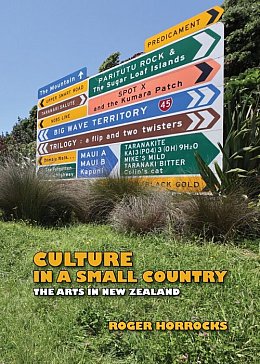 Each area of art has experienced that set of developments in a basically similar yet slightly different way. The differences are often revealing. In these terms, I want to look briefly at the local histories of dance, jazz and craft (or object art).
Each area of art has experienced that set of developments in a basically similar yet slightly different way. The differences are often revealing. In these terms, I want to look briefly at the local histories of dance, jazz and craft (or object art).
Modern dance
There are many forms of modern dance but all represent a break with ballet, a tradition viewed as being still dominated by 19th century aesthetics. Ballet emphasises balance and symmetry and above all lightness, in the illusion that natural laws (such as the law of gravity) have been transcended by the skill of the dancers. In contrast, modern dance accepts the weight of the dancer’s body and explores a wider range of gesture and movement. Linking up with modernism in music and painting, it works with staccato and angular as well as . . .
.
To read the rest of this article go to Atanui Press for a free PDF download here which you can slip into your copy of his book


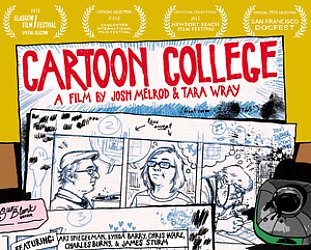
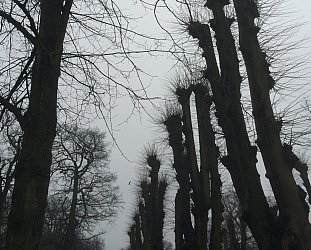
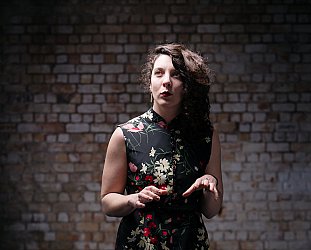
post a comment